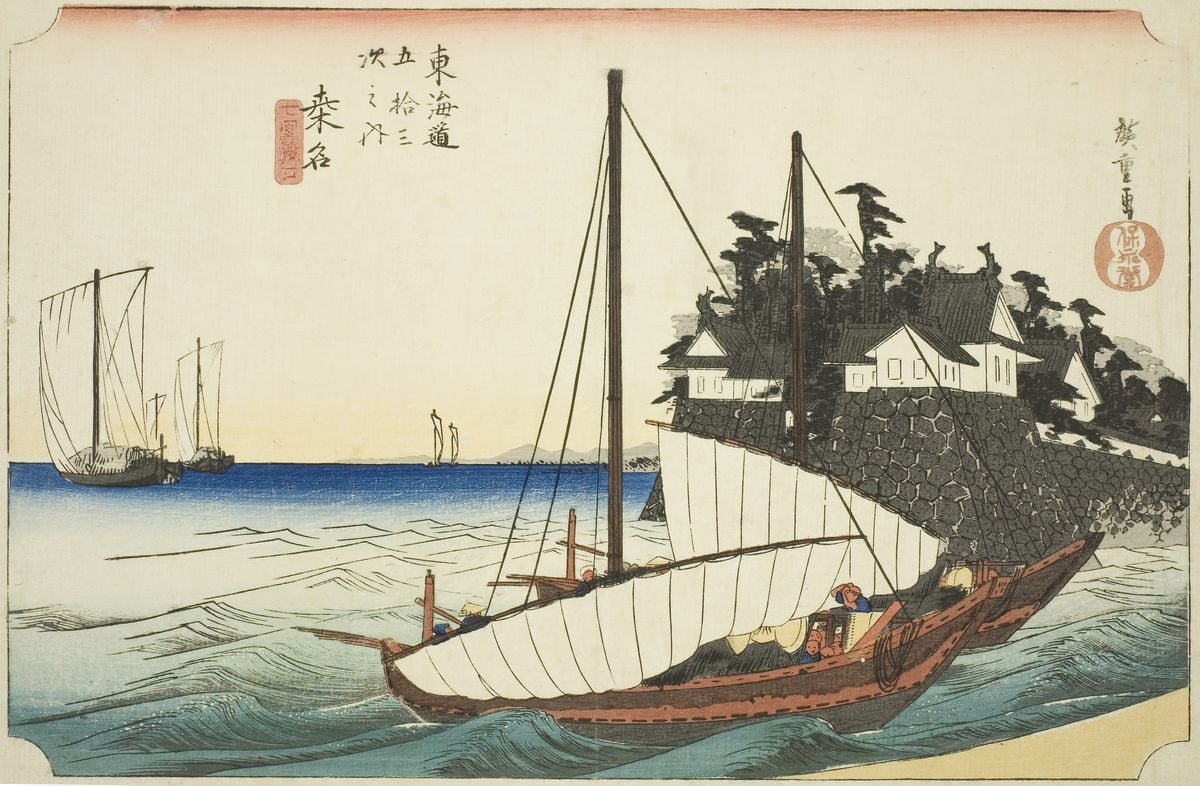This book, which is not a novel, is actually a novel.
A different novel, as well as changing the scene and going from the city to the life of nature, which is what the author and protagonist of this novel and her cat do;
Nor is it a novel of retreat to rural life, a retreat towards the utopia of a rebirth far from the madding crowd;
nor is it autofiction typical of those who lack creative imagination.
No. It is the story of an emotional and spiritual openness to natural life as an activity of sensitive intelligence and a storytelling of the river of life.
The action takes place throughout the year divided into 24 seasons and that variety is the driving force of the novel's action.
The middle-aged woman settles in the remote Shima peninsula, an isolated place in northern Japan.
There the valley, the forest, the rice fields, a steep cliff and the sea coincide.
There it coincides with other houses inhabited regularly or irregularly by people of his age or older: Mr. Kurata, an expert in bamboo, the Mochizuki who come from time to time from Osaka, the Hiraoka, every two or three months, the Tachibana, permanently , who make vegetable dye, the Kawaharas, whose husband ran a paper mill, all of whom are retired and make up a small community of independent people who are either at home or playing golf or swimming in the municipal pool.
The novel simply develops knowledge through the perception of what is different.
The change in the protagonist woman's life is her access to knowledge that comes from dealing with nature.
The emphasis is placed on the progressive story of that perception because it constitutes the dynamics of knowledge and this dynamic originates the narrativity of the text, it is like the push of the swell on the surface—in this case, the surface of the text—;
and that surface is served with beauty by the translator who offers us this text in Spanish.
The action of nature on women is supported by literary imagery that seeks the expressive suggestion of sensations with a delicacy that I have to describe as Japanese and readers and tasters of
haikus
will understand me.
The first day she goes out to the “wooden bridge (built by her) that was previously my father's bookshelf.
The first thing I do when I start the day is go through it”;
soon he goes out to the forest “in which even the air seems green”;
Before the estuary stretches the blue ocean.
Everything in this book is openness of space and life, nothing of confinement: “Even if I miss Tokyo, I will always have this place because (…) here the land is solid and strong”;
and comments: “There are difficulties and discord here, like anywhere, including unrest among villagers (…) nowhere in the world is there a utopian place.”
She is not deceived.
This beginning is the beginning of the year of the 24 seasons for her and her cat.
Her cat also loves nature: this living being, domesticated and accustomed to living in an apartment, begins to show its true animal side and the woman thinks that “at this point he already knows more than she does about the constant transformation of life in the nearby forest.”
The woman's serenity and nobility of spirit culminates in her farewell to the Shimo Peninsula at the end of the year.
She returns to Tokyo, with the intention of returning from time to time to her cabin, once the cycle of self-recognition has been completed.
It is a story as slow and suggestive as the course of the 24 seasons that both she and her readers must have deserved.
Look for it in your bookstore
You can follow
Babelia
on
and
X
, or sign up here to receive
our weekly newsletter
.
Subscribe to continue reading
Read without limits
Keep reading
I am already a subscriber
_

